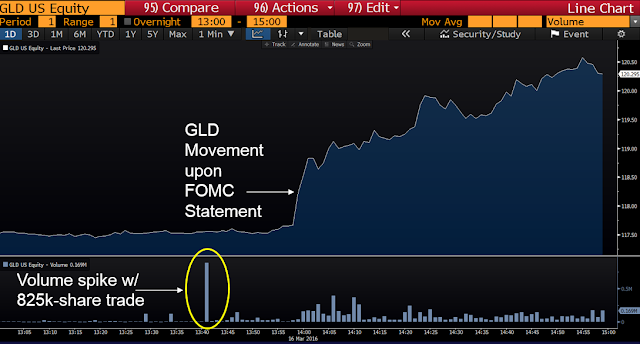Moody's, Fitch, S&P and all often get bundled together under the same umbrella as "credit rating agencies," and it's quite possible that we're among those guilty of treating them as if they're all pretty much alike.
Of course, each rating agency is different, and even within each rating agency, arguments can be made that across different departments or product types, their ratings don't exactly mean the same thing. So, naturally, different rating agencies might well rate things differently.
Moreover, each rating agency has its own (different) ratings scale. And applying a similar result to different scales can mean that one rating agency's BB may be another's BB+. Or might the differences be much larger yet?
We've investigated thousands of seasoned RMBS securities, issued pre-crisis, and our findings were ... interesting.
Below, we're going to show some bonds for which three credit rating agencies have different opinions. Err, very different opinions. For some traders and risk-managers, large ratings differentials can create real money-making opportunities, even if it's just by way of risk-allocation or strategic re-allocation benefits. Importantly, in the world of OTC debt instruments, ratings arbitrages don't exactly disappear overnight. They can exist for ... years.
We hope you enjoy some of the following: current ratings of the same bonds, per 3 different rating agencies. Screenshots are courtesy of Bloomberg LP.








